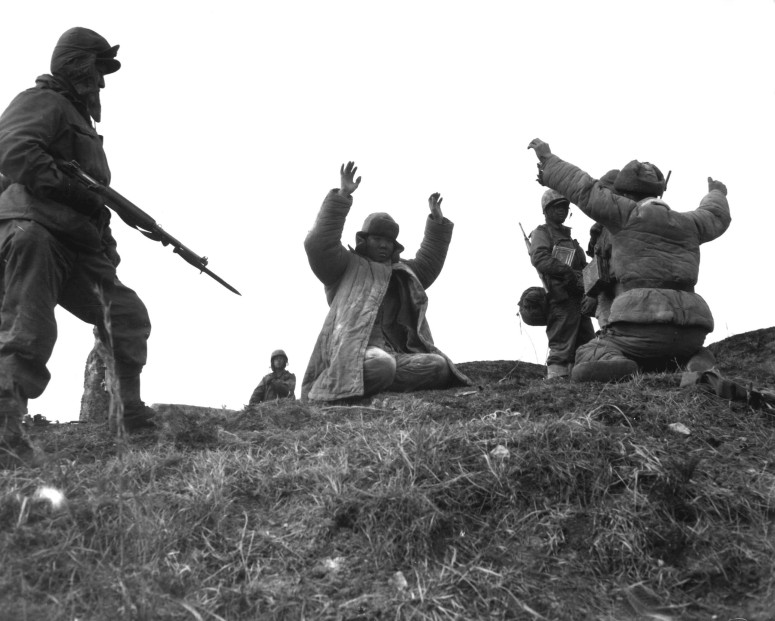As a result of the many casualties from the Korean war, an armistice was signed that agreed to the division of Korea, which sanctioned complete separation and served to abolish cultural connections. The war lasted approximately three years
“and resulted in roughly 4,000,000 casualties, including civilians” (Lee).

Due to the extent in destruction, an armistice was signed on July 27, 1953 by the UN and North Korea in the town Panmunjom near the 38th parallel. South Korea’s first president, Syngman Rhee, refused to take part in truce talks due to his desire to drive off all Communists from the South (“Divided Countries”).
Therefore,
“the United States concluded a mutual defense and assistance treaty with South Korea . . . which was ratified by Congress early in 1954 and backed by concurrent UN pledges to protect South Korea” (Parker).
After the devastation of the war that resulted in mass number of deaths in Koreans, Chinese, Americans, and Russians, the war became remembered as one of melancholy and sorrow. The fact that South Korea’s first president denied taking part in the cease-fire demonstrates the severe level of enmity that one side harbored to another. Not only did the war kill people, but it also murdered the hope and love for a unified country.

No longer did it matter that Korea was once unified and the nation fostered a common language, ancestry, and tradition. It became unachievable for people to unburden themselves from the atrocity of the war that had caused each side to loathe and kill one another; the wounds from the war advanced animosity and cynicism on either side of Korea. The political, cultural, and economic disengagement became unintelligible as Korea parted to separate directions.
